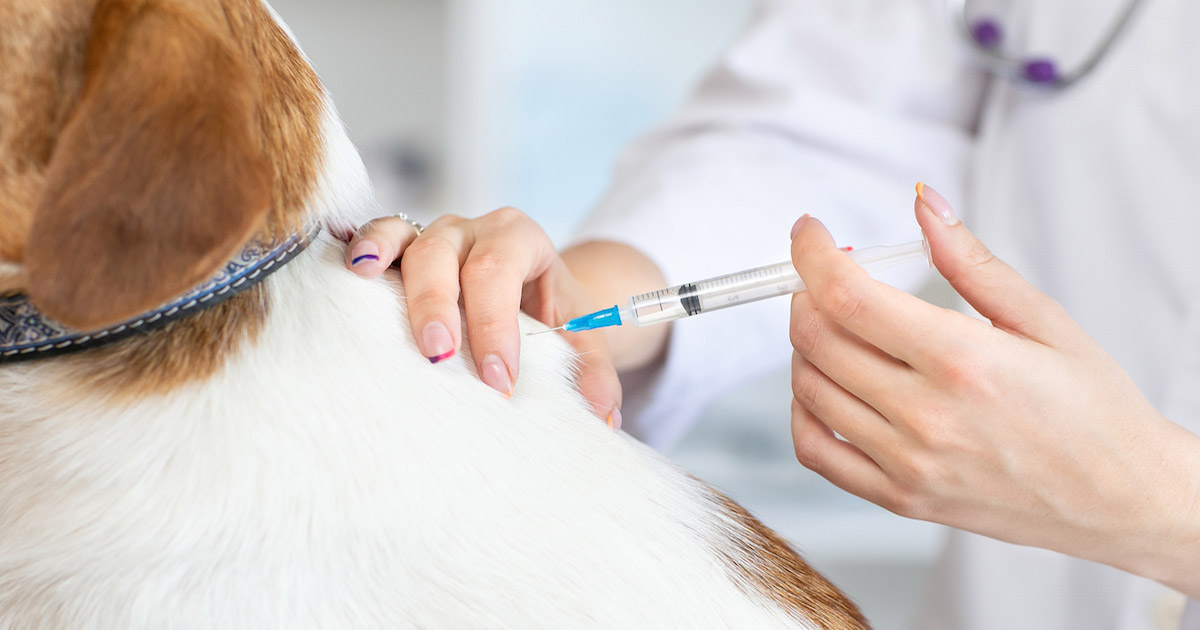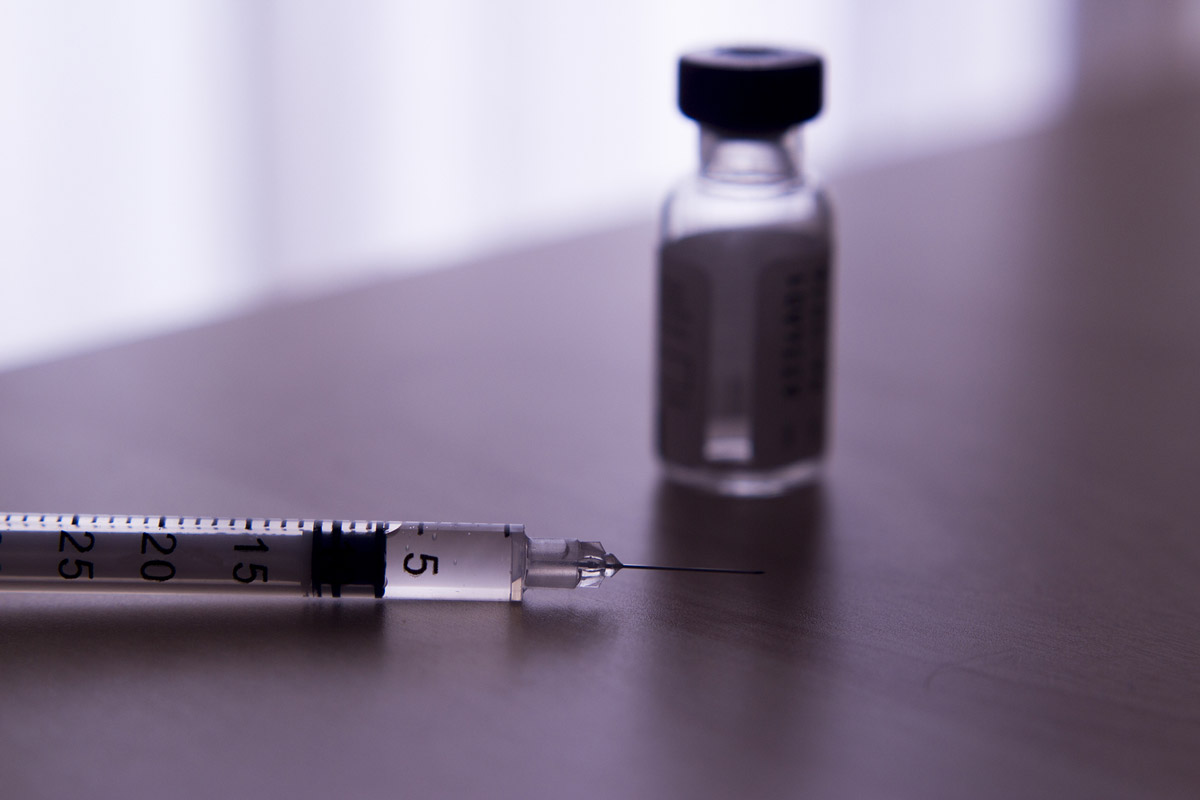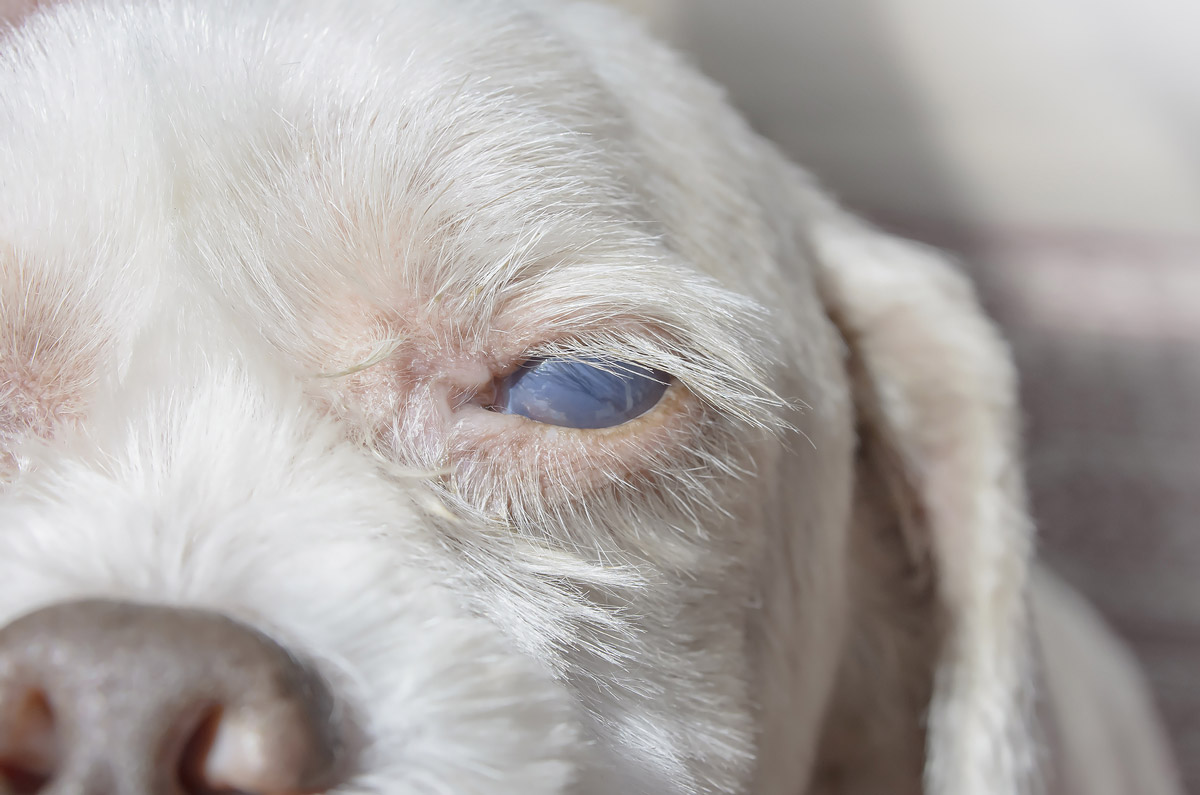- No products in the cart.

E-Mail: info@silversky.com.sg | Phone: +65 6742 7845
Contributing Writing : Chan Choy Yu
Diabetes does not discriminate. A chronic disease that can affect humans and other animals such as apes, pigs, horses, and yes, cats and dogs, diabetes can lead to many debilitating conditions and must not be treated lightly.
However, while it can’t be cured, it can be managed to allow your pet to continue enjoying a life of quality and comfort — read on to find out how to spot early signs of diabetes, know if your pet has a higher risk of developing diabetes, and what are some potential preventive measures!

A syringe of insulin solution
Diabetes in dogs and cats are caused by either a lack of insulin or a lack of usage of insulin in your pet’s body.
Typically, when your pet eats, the food ingested is broken down into various components, including glucose (a simple sugar). The glucose is then carried to the body’s cells via insulin as a source of energy, but when your pet isn’t able to produce enough insulin or utilise the insulin properly, the glucose will simply remain in your pet’s bloodstream. Over time, the build-up of glucose will cause your pet’s blood sugar level to rise, which can lead to adverse side effects.
Here are the two types of diabetes in cats and dogs:

A dog with cataracts, one of the possible negative health effects of diabetes
Regardless of the type of diabetes, the effects are the same because both results in excessive sugar build-up in the bloodstream. The lack of energy source for cells will trigger the break down of fats and proteins to use as alternative ‘fuel’, resulting in weight loss, potential organ damage, and more, while the abnormal blood makeup can cause further damage to kidneys, eyes, heart, blood vessels, or even nerves.
Other negative health impacts include:

Old age and obesity are just some of the factors that may affect your pet’s chances of getting diabetes
The cause of diabetes usually varies depending on the individual, but there are a couple of factors that may result in higher chances of your pet developing diabetes.
These include:

Is your cat sleeping more than usual?
Worried that your beloved pet might have diabetes? Apart from the negative health effects mentioned before, keep a lookout for these hallmarks of diabetes to know if your furry friend needs medical attention or not:

Dietary adjustments may be needed if your pet is diagnosed with diabetes
If not managed properly, diabetes can lead to disastrous effects on your pet’s body, which is why early detection and proper treatment are crucial. The sooner diabetes is diagnosed and treatment begins, the better chance the pet has of a normal life.
Usually, management of diabetes will involve dietary adjustments to introduce good-quality protein, fibre, and complex carbohydrates to slow the absorption of glucose, a moderate but consistent exercise routine to help avoid sudden spikes or drops in glucose levels, and daily insulin injections to provide your pet with the necessary levels of insulin needed.

A dog’s ideal body condition should look like this from the top!
Although it’s impossible to guarantee that your pet will never develop diabetes, observing these healthy practices can help to significantly reduce the risk of diabetes in your beloved pets: